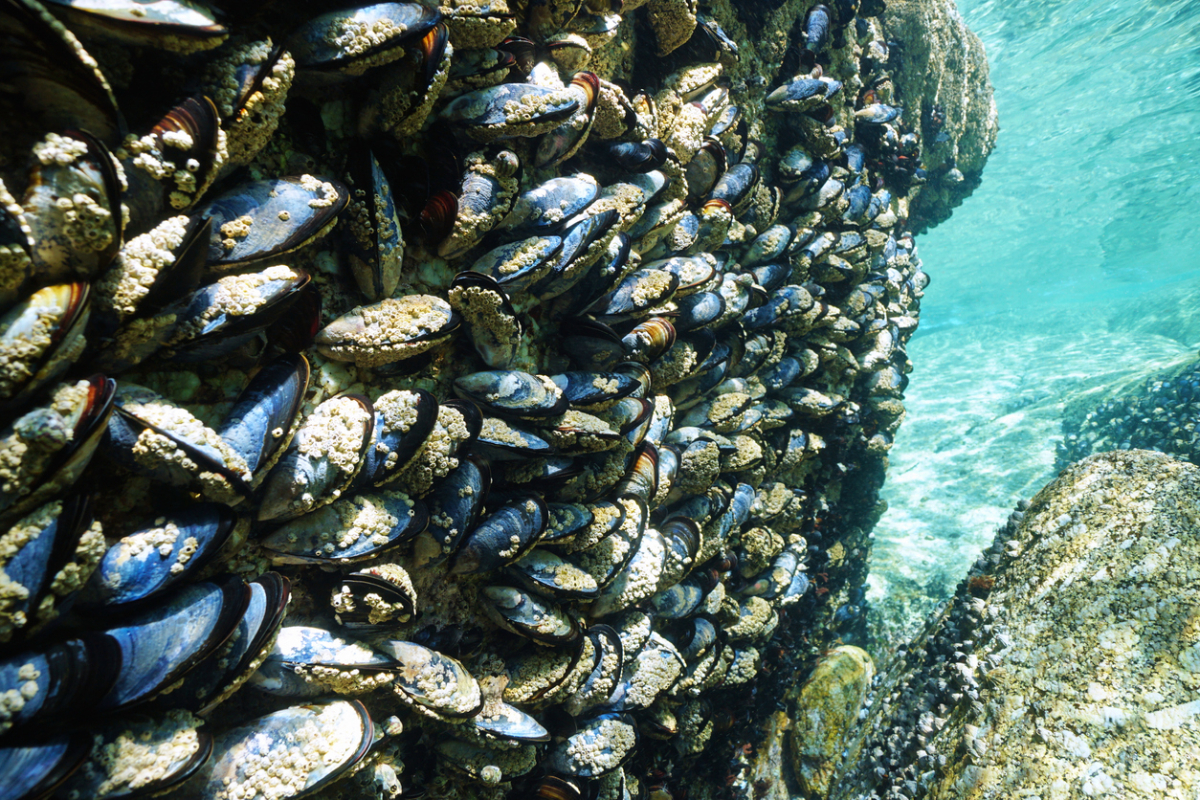Biomimicry mirrors the sticky properties of mussels to adhere to surfaces.
Researchers at Penn State University have developed a nitrocellulose coating that can recover rare earth elements (REE) from secondary sources such as wastewater without requiring extensive energy usage. Published in the journal ACS Applied Materials and Interfaces, the team states it took inspiration from mussels, specifically from their ability to adhere to underwater surfaces. The hence-called mussel-inspired nano cellulose coating (MINC) consists of microscopic hairy cellulose nanocrystals with sticky properties, which mimic the adhering ability of mussels. The coating is applied to a substrate via a technique called dopamine-mediated ad-layer formation. A chemical reaction enables the MINC to form a thin layer of molecules on a surface, making it capable of sticking to a broad range of substrates.
The team focused on extracting the REE neodymium, a critical ingredient of high-power permanent magnets used in motors of electric vehicles or wind turbines, for example. The team at Penn State argues that conventional extraction of neodymium, including the separation from other REEs, use acids and other chemicals. MINC’s way of biomimicry, or the imitation of nature, could thus present a more “sustainable and eco-friendly alternative to conventional methods,” according to lead author Amir Sheikhi, assistant professor of chemical engineering and biomedical engineering at Penn State University. However, the team left open how far they were from practice.
The Penn State scientists are far from the first to take inspiration from nature to extract REEs. From algae to bacteria, research teams around the world are trying to mimic processes occurring in nature. Especially mine tailings have concerned researchers for quite some time, as they pollute nearby waters through their high pH level, and cleaning them requires the usage of chemicals, representing a high carbon footprint. Here, researchers are also focusing on biomimicry as a crucial area of study. For example, San Diego State University scientists are researching the abilities of bacteria to filter REEs from tailings and other mining residues.
Photo: iStock/Damocean


